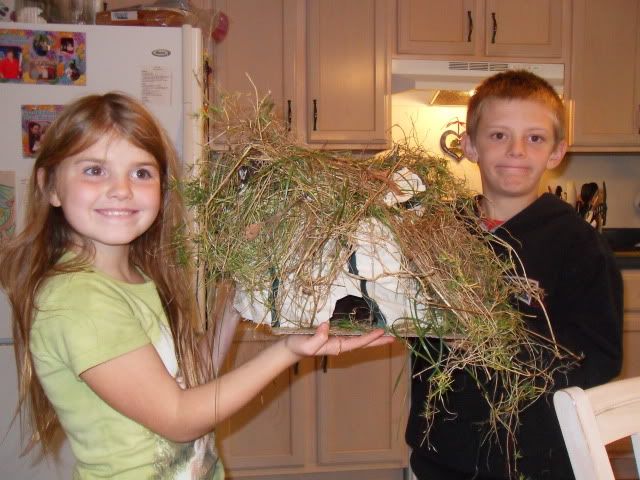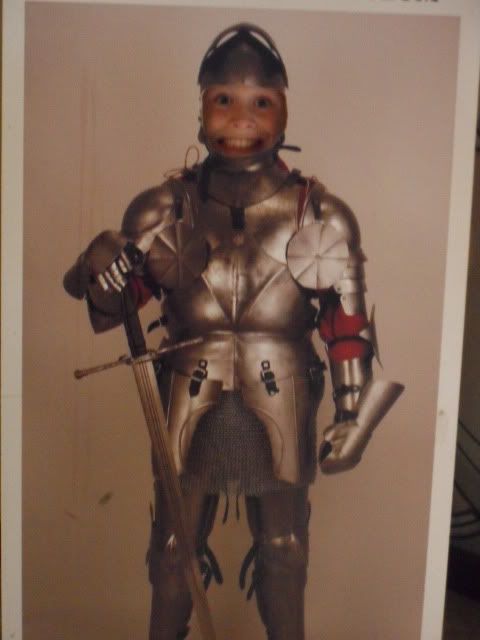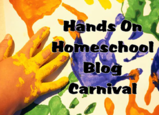Ten months ago my family and I embarked on a postcard journey when we signed up at
Postcrossing. I thought this would be a fun summer geography project for the family. And honestly, I expected it would be the most fun for my two younger children, but it has turned out to be quite the opposite. Yes, they enjoy getting a new postcard in the mail and reading it but my 14yo daughter has proven to be the most interested. And since it has been ten months, it has obviously become more than just a summer project.
Postcrossing is a random exchange generator that is easy to use. Once you sign up you must start the exchange by sending cards out. You can send up to five at a time. After your first postcard is received at its destination, your address goes into the loop to be given out to another postcrosser so you can start getting them too. This basically becomes a pattern with you sending cards and then receiving them so that as long as you are regularly sending cards, you are also regularly getting new ones in your mailbox. You are not required to send cards any more often than you wish so you can easily take a break from it if you get busy or want to go on vacation without having to update your postcrossing account.
The website also keeps track of all the people you have sent to and received from so that you can easily go back and look over the places your cards have come from, how far they've traveled or the number of days it took them to reach their destinations. I've noticed that most cards travel at about the same speed but there are a few countries whose mail systems run a bit slower on average.

The simplest way to turn postcrossing into a geography tool is by marking the world map with a dry erase marker whenever you get a new card in the mail and also marking where your cards are heading to with a different color marker. The postcrossing site places a little flag beside the name of the countries listed which I personally love because the repeated use of the website causes our brains to register the flag images over and over, making them familiar to us. To expand on the educational value of the program you can, with a little more planning, tie in a study of the area by picking up books about the country you are receiving the card from, trying recipes from the area, practicing handicrafts, creating lapbooks and/or going on a field trip to the zoo to check out animals from that part of the world or to the local art museum to see art from the region. We just keep it simple around here for now. :)
My daughter especially enjoys writng out the cards that we are sending. She tries to write a little something about whatever the picture is on the front of the card, something about our family and a note of encouragement from the Bible as well. Each card is chosen carefully to match the recipient as closely as possible. Often people have special interests that we can accommodate. A baseball fan might receive a card with a picture of Fenway Park, for someone who loves animals we can usually find a card featuring our region's wildlife or farm animals or for the person who enjoys cooking we have even found some neat recipe postcards from our locale. My daughter and I have made it a habit to pick up postcards whenever we can because they are not that easy to find in our town so we watch for them, especially while on field trips.
We love the ease of use postcrossing offers, the fabulous cards we receive from all over the world and the flexibility we have in sending out cards at our own pace. Now we have found other homeschooling families in the blogosphere that want to exchange postcards. We are excited to add this exchange to our postcard journeys! If you'd like to link your blog post about postcarding to this meme or you just want to read how others are using postcards in their homeschooling click on the link below.



















































